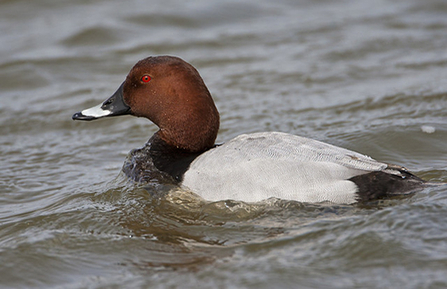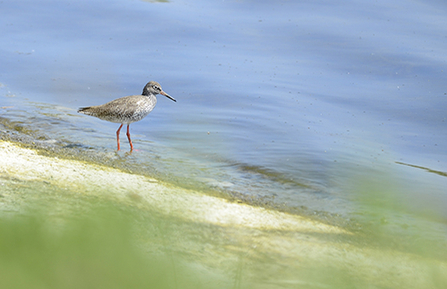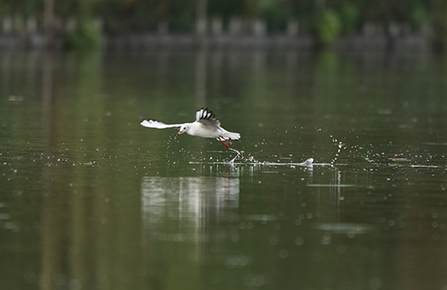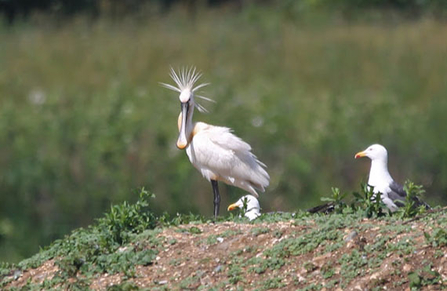
Pochard Walthamstow Wetlands
From reptiles and colourful butterflies to beautiful bird song and masses of meadow flowers, Europe’s largest urban wetland nature reserve continues to be a space of conservation and contemplation during these extraordinary times.



